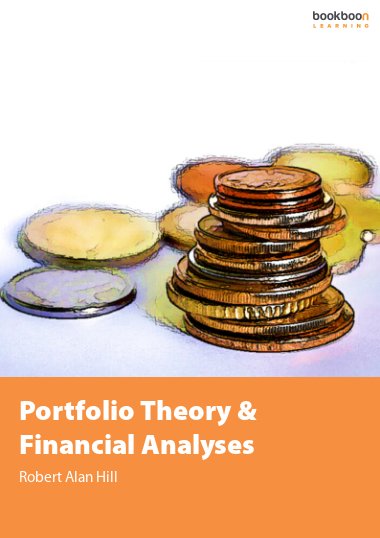This book and Exercises evaluate Modern Portfolio Theory (Markowitz, CAPM, MM and APT) for future study. From the original purpose of MPT through to asset investment by management, we learn why anybody today with the software and a reasonable financial education can model portfolios. However, one lesson from the 2007 meltdown is that computer driven models are so complex that hardly anybody understands what is going on. Returning to first principles, we learn why investors and not their computers should always interpret their results. Moreover, MPT is a guide to action and not a substitute. Investors should understand the models that underpin the computer programmes they run.

